- What We Do
- Agriculture and Food Security
- Democracy, Human Rights and Governance
- Economic Growth and Trade
- Education
- Environment and Global Climate Change
- Gender Equality and Women's Empowerment
- Global Health
- Humanitarian Assistance
- Transformation at USAID
- Water and Sanitation
- Working in Crises and Conflict
- U.S. Global Development Lab
Speeches Shim

May 2018
Private Sector Engagement
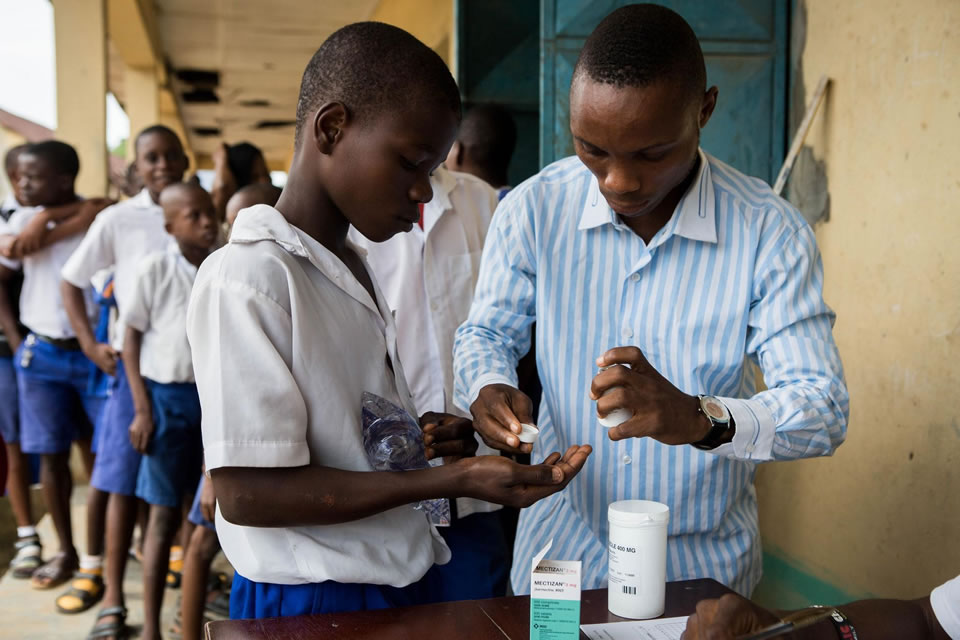
Neglected Tropical Diseases (NTDs) are often treated through mass drug administration. In this photo, students in Nigeria receive medicines for NTDs during mass drug administration. For every $1 invested by the U.S. Government, USAID’s NTD Program has leveraged $26 in donated medicines from leading pharmaceutical companies for mass treatment campaigns, totaling $19 billion in value over the last 12 years. Photo credit: Ruth McDowall for RTI International
In recent years, we have seen a shift in the approach to development with increased focus on how donors can better engage the private sector to achieve greater impact and scale. In global health, we have many successful partnerships with the private sector that help us save and improve lives. Our Global Health Grand Challenges, for instance, provide critical support for health innovations in their early stages thus making them more attractive to the private sector, which in turn catalyzes additional funding, brings in unique expertise and helps us scale impact.
The development world is changing, and we are changing with it. Today, private sources represent 91 percent of financial flows into emerging markets. USAID is emphasizing collaboration, co-design, and co-financing – working hand in hand with the private sector. Inclusive growth can only be achieved when the Agency and the private sector, as a driver of capital markets, work together to foster an environment of collaboration. Since 2001, the Agency has built more than 1,800 partnerships with the private sector, involving more than 3,900 unique partners or organizations.
How USAID Engages the Private Sector
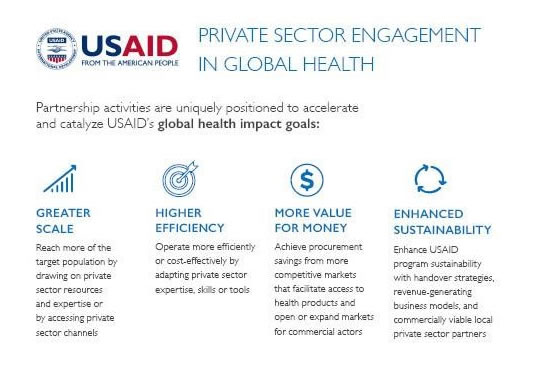
Successful private sector engagement (PSE) in global health can increase impact, advance America’s interests and use USAID resources strategically. PSE can significantly contribute to four global health impact goals: greater scale, higher efficiency, more value for money and enhanced sustainability. The for-profit, private sector can play a critical role in bringing drugs and other commodities to low-resource settings, but their participation is not a given. Private sector players – be they manufacturers, service providers, employers or investors – have different agendas. A successful partnership thus requires strategic coordination among all players.
To strengthen its PSE approach, USAID’s Bureau for Global Health has created a framework that outlines PSE partnership evolution through a four-stage model of maturity: explore, curate, prove concept and support scale (see image below).
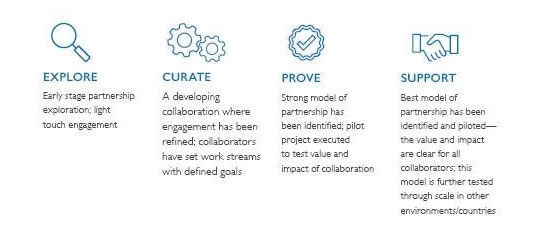
The Agency’s current partnerships reflect engagements at different maturity stages. To progress through these stages, the Agency has identified “go” and “no go” decision points focused on risk, impact, level of effort and investment from the private sector. As the partnership evolves, these decision points become increasingly important, and partners must adapt both their expectations and level of effort.
The Agency has been actively forging PSE activities for decades, using a diverse range of partnership archetypes, to accomplish critical impact goals around scaling, value for money, efficiency and sustainability. These activities have helped save and improve millions of lives, leveraged billions of dollars in private sector capital every year, and opened or expanded markets for a range of companies. PSE can achieve substantial impact with pioneering approaches and greater sustainability. It is important to note, however, that this approach is a means to an end and not an end in itself.
Utilizing Public-private Partnerships to Reduce HIV Infections in Young African Women
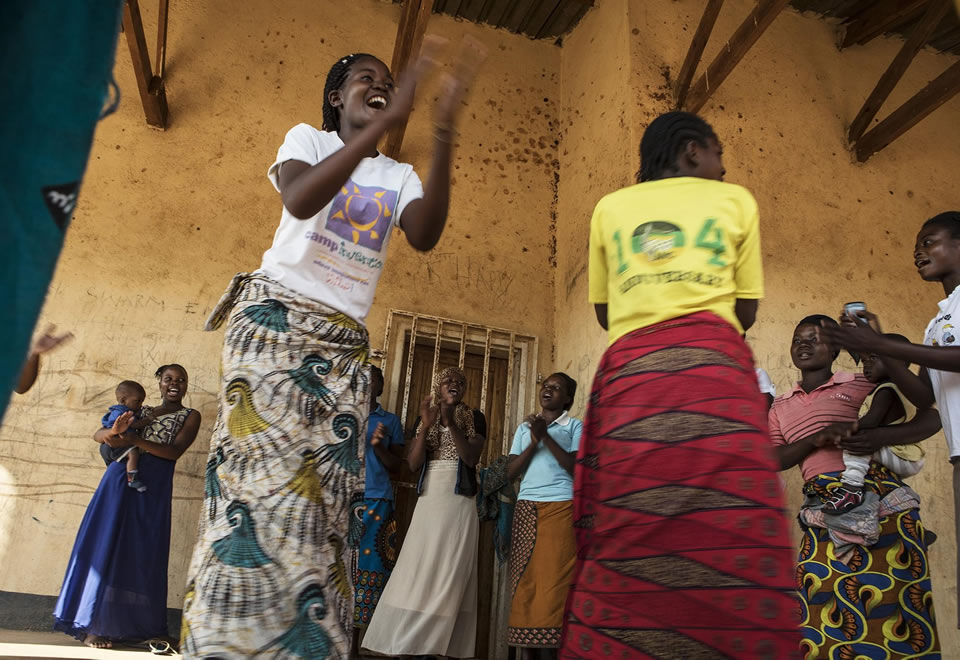
Photo credit: Sarah Grile for USAID
Adolescent girls and young women account for nearly 74 percent of new HIV infections in sub-Saharan Africa. Many factors can contribute to girls’ higher vulnerability of contracting HIV, including poverty, discriminatory cultural norms and gender-based violence. To address this disproportionately, USAID serves as a key implementer of the U.S. President’s Emergency Plan for AIDS Relief (PEPFAR) DREAMS public-private partnership, working to help girls in 10 sub-Saharan African countries develop into Determined, Resilient, Empowered, AIDS-free, Mentored and Safe women. With the support of the Bill & Melinda Gates Foundation, Girl Effect, Johnson & Johnson, Gilead Sciences and ViiV Healthcare, DREAMS delivers a core package that addresses the structural drivers that directly or indirectly increase girls’ HIV risk. Results from the end of the initial two-year partnership show a 25 percent–40 percent decline in new HIV diagnosis among adolescent girls and young women in the 10 DREAMS countries. New HIV diagnoses also declined in nearly all DREAMS intervention districts. Learn more about the partnership and also check out this video to see how the partnership is helping a young Malawian and her peers stay HIV-free.
Project Last Mile
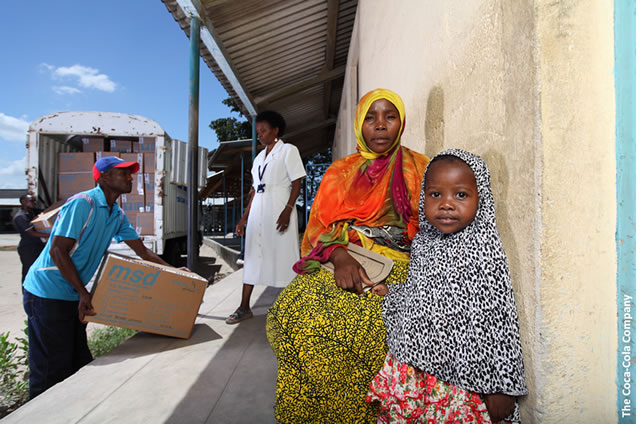
Photo credit: The Coca-Cola Company
Project Last Mile (PLM) is a unique example of how public, private, civil society and academic partners can come together to help governments create and accelerate positive impact in global health. With partners including USAID, The Coca-Cola Company, The Global Fund to Fight AIDS, Tuberculosis and Malaria, Bill & Melinda Gates Foundation, and with support from the Global Environment & Technology Foundation, Yale University Global Health Leadership Institute, and program implementing partners, PLM leverages the proprietary business intelligence and experience of the Coca-Cola system to improve access to life-saving medicines and critical medical supplies at the “last mile” of African nations. Currently, PLM is working with African governments and partners in eight countries, including Liberia, Mozambique, Nigeria, Sierra Leone, South Africa, Swaziland and Tanzania. In the coming year, PLM will scale up its pick-up point system for delivery of chronic medicines to patients in South Africa and initiate activities in Liberia to support the formation and institutionalization of the Central Medicine Stores (CMS) with a view to CMS developing effective long-term management capacity and becoming a high performing, integrated health commodities logistics service provider.
GLOBAL HEALTH VOICES
Podcast
PODCAST – the Role of Public-private Partnerships in Global Health
A conversation with Sonak Pastakia, Jefferson Science Fellow at USAID, on the role of the private sector in scaling up access to health care in Kenya.
Download a transcript of this podcast [PDF, 121KB].
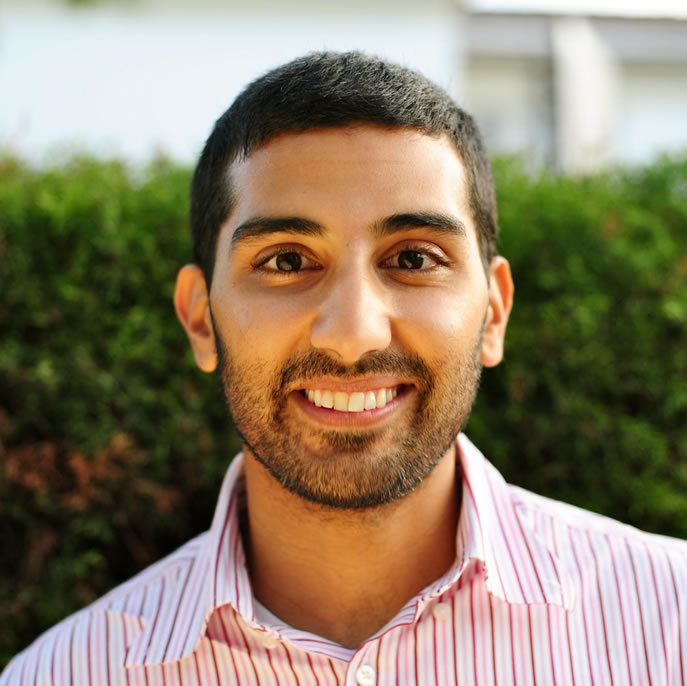
GLOBAL HEALTH HIGHLIGHTS
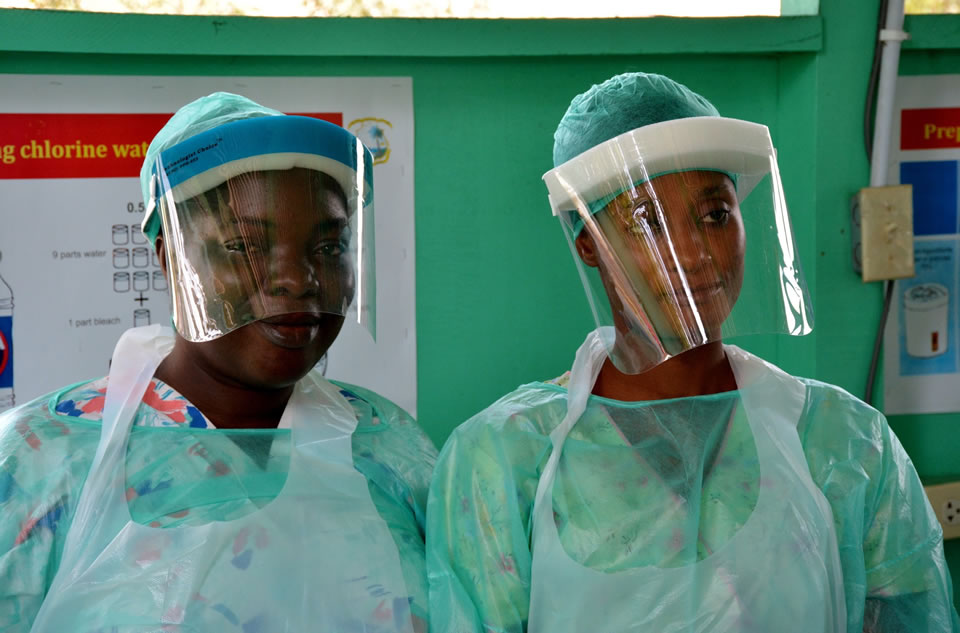
USAID Pledges up to $8 Million for Ebola Response in the DRC
A new outbreak of Ebola was reported in the Democratic Republic of the Congo (DRC) in early May. USAID has responded swiftly by pledging to provide up to $8 million to help prevent the spread of this deadly disease. Secretary of Health and Human Services Alex Azar made the announcement in his address before the 71st World Health Assembly in Geneva, Switzerland.
In addition to this funding, the Agency is providing personal protective equipment, mobile laboratories and supplies and has a robust presence on the ground. The United States is also sending a team of public health experts to join the efforts of the Ministry of Health of the DRC, the World Health Organization and other partners. Read the full press statement.
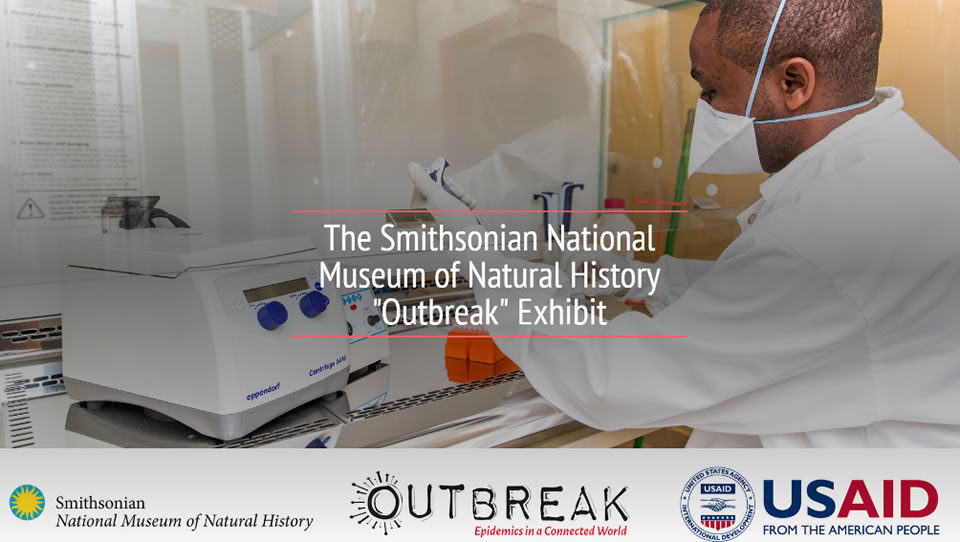
Smithsonian Museum of Natural History Launches Outbreak Exhibit
On Friday, May 18, The Smithsonian National Museum of Natural History launched "Outbreak: Epidemics in a Connected World," which spotlights the human causes of infectious disease epidemics and their consequences. USAID's Emerging Pandemic Threats portfolio and outbreak response activities will be featured throughout this exhibit, which goes through 2021.
Outbreak invites visitors to join epidemiologists, veterinarians, public health workers and citizens of all ages and origins as they rush to identify and contain infectious disease outbreaks. Case studies of HIV/AIDS, Ebola virus and influenza highlight the social and emotional fallout of outbreaks – for victims, their loved ones and society overall. Objects from both the National Museum of Natural History and National Museum of American History collections illustrate the scientific and cultural impact of epidemics.
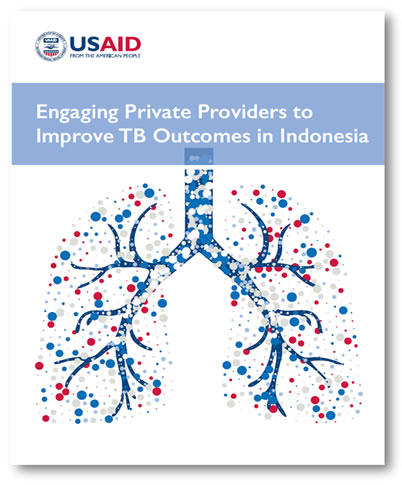
Engaging Private Providers to Improve TB Outcomes in Indonesia
In Indonesia, private providers see 74 percent of initial care-seeking patients and provide nearly half of all TB treatment, but these providers have historically been excluded from national government interventions. USAID’s Indonesia Mission, Washington/TB team and CII engaged Boston Consulting Group to apply an end-user focus to this problem. A joint USAID and Indonesian government report outlining the study and recommendations was recently published: Engaging Private Providers to Improve TB Outcomes in Indonesia [PDF, 815KB].
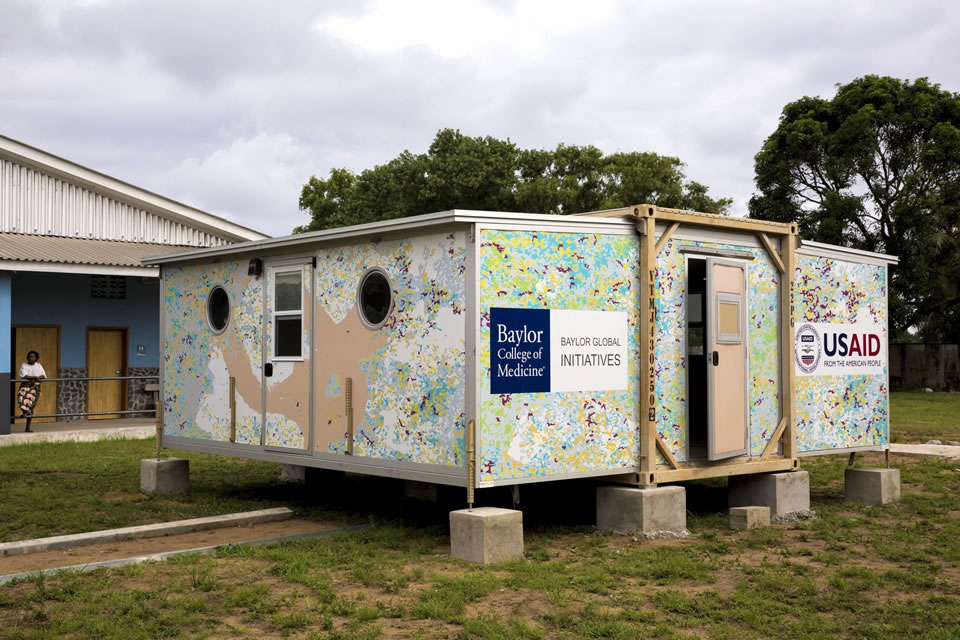
Tiny Hospital Can Go Anywhere, Unfold in Minutes
During the 2014 Ebola epidemic in West Africa, health care workers were required to tend to their patients in makeshift care settings as they waited for the construction of Ebola treatment units to be completed. With the support of USAID through the Fighting Ebola Grand Challenge, Baylor College of Medicine developed the Emergency Smart Pod, a portable, lightweight health care setting that can be expanded to a full-size unit in less than five minutes with just four people. In September 2017, the Pod was deployed to ELWA Hospital in Liberia, where it was initially used to prepare Ebola survivors for cataract surgeries, and now functions as an isolation unit for infectious patients.
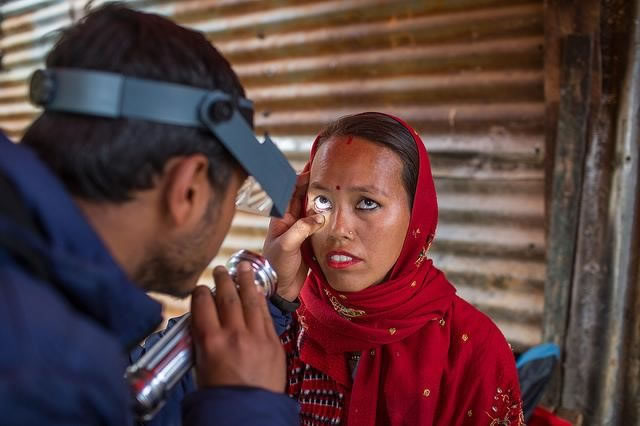
Photo credit: Nabin Baral, Courtesy of RTI International
Ghana and Nepal Eliminate Trachoma, a Disease that Causes Blindness
In May the World Health Organization (WHO) officially acknowledged that both Ghana and Nepal achieved a significant public health milestone, namely the elimination of trachoma, a neglected tropical disease (NTD) that can lead to blindness. Ghana and Nepal join Cambodia, Laos, Mexico, Morocco, and Oman in achieving acknowledgement of trachoma elimination.
In both Ghana and Nepal, the achievement of this important public health milestone was also made possible by the Pfizer-donated azithromycin, an antibiotic effective in treating trachoma. Over the past 12 years, pharmaceutical companies have given more than $19 billion worth of life-changing drugs, free of charge, to defeat trachoma and other NTDs. USAID is grateful for the generous support from our private sector partners. Every $1 invested by the Agency in NTDs leverages $26 in pharmaceutical donations.
This latest announcement demonstrates clear progress in the global fight against NTDs for the remaining trachoma-endemic countries. You can read the Agency's press statement about this accomplishment.
LOOK AHEAD
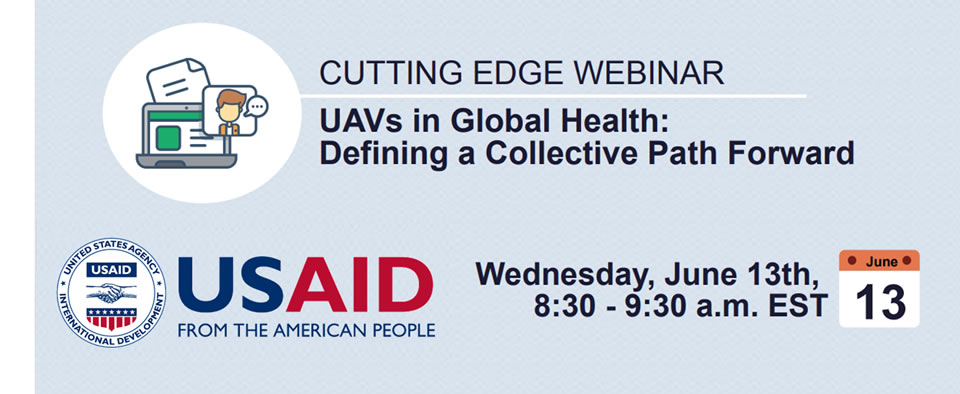
June 13, 2018, Washington, D.C., USA
UAVs in Global Health Webinar
USAID’s Center for Innovation and Impact invites you to participate in a webinar exploring how the global health community is approaching investments in unmanned aerial vehicles (UAVs) to better shape the potential for UAVs in global health. Register for the webinar [PDF, 279KB].
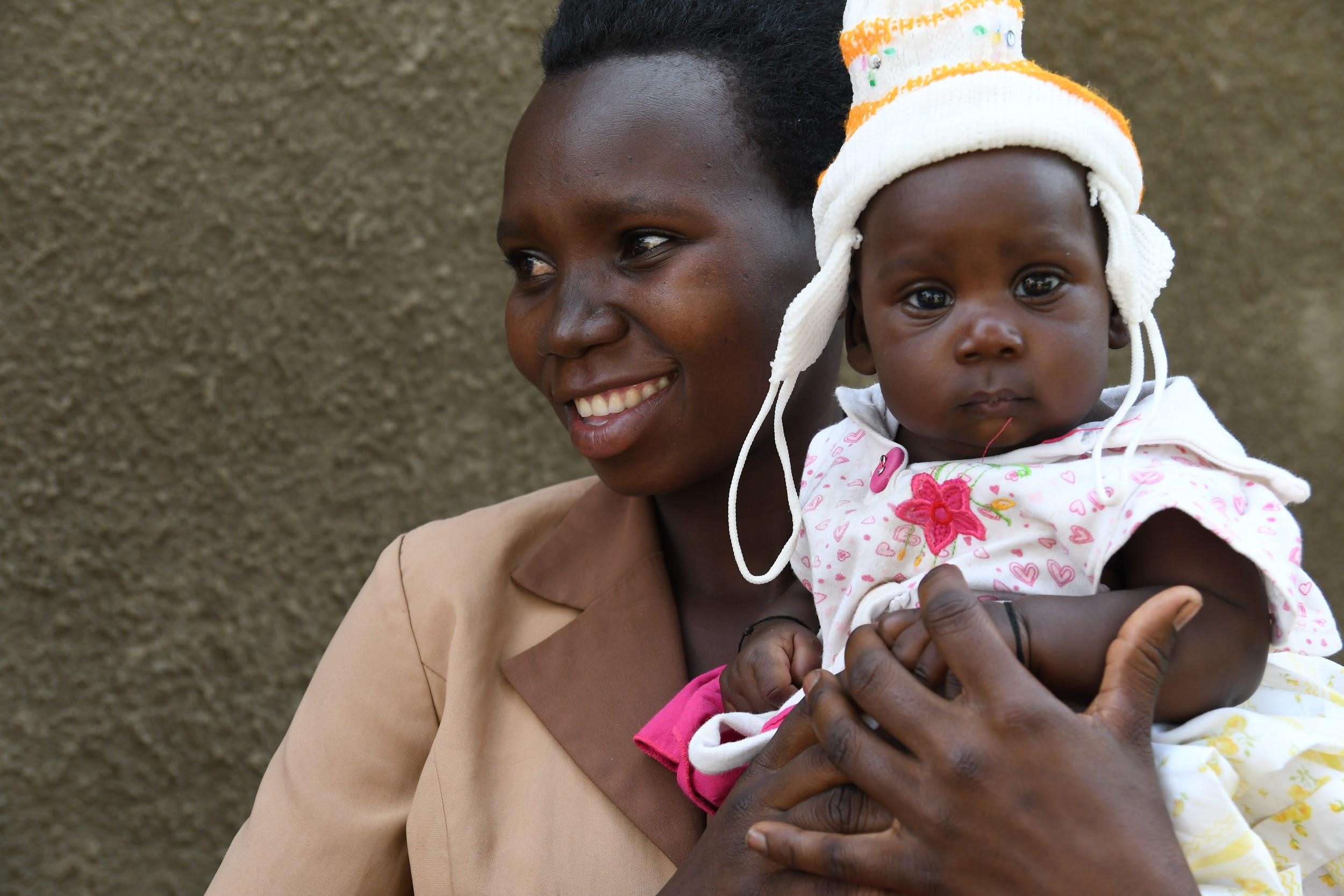
June 21, 2018, Washington, D.C., USA
Saving Mothers, Giving Life event
The Center for Strategic and International Studies Global Health Policy Center will host a public event to celebrate the impact of the five-year Saving Mothers, Giving Life partnership and launch the final report. Register to attend or watch the webcast at 2:00 pm EDT.
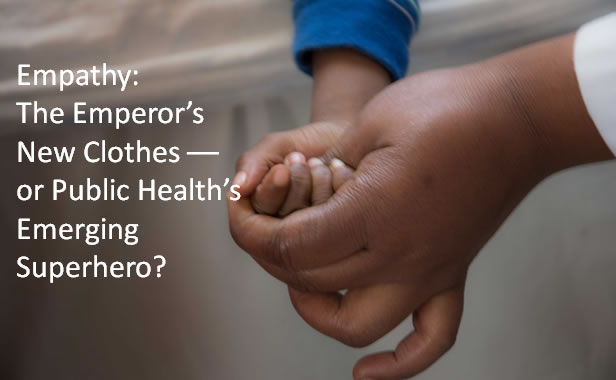
Photo credit: Matchboxology
June 27, 2018, Washington, D.C., USA
Empathy: The Emperor’s New Clothes – or Public Health’s Emerging Superhero?
Matchboxology and USAID are hosting a roundtable of experts in global health and empathy to discuss the impact of empathy in global health and how we might best apply and measure it. Register to attend.
USAID GH MEDIA MENTIONS
Faith in Family Planning: Healthy Timing and Spacing of Pregnancies
New Security Beat – Wilson Center Blog – May 23, 2018
U.S. Pledges $8 Million for Ebola Outbreak in Congo
The Washington Post – May 22, 2018
Fighting Malnutrition through Diversified Diets
USAID Medium – May 11, 2018
Stopping Epidemics Early Protects National Security
ShareAmerica – May 8, 2018
Putting the Invisible Hand to Work for Health
Stanford Social Innovation Review – May 4, 2018

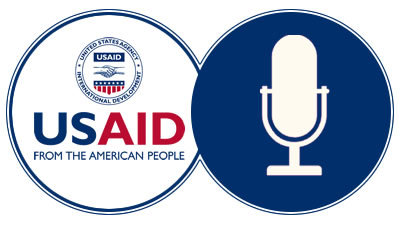
Comment
Make a general inquiry or suggest an improvement.